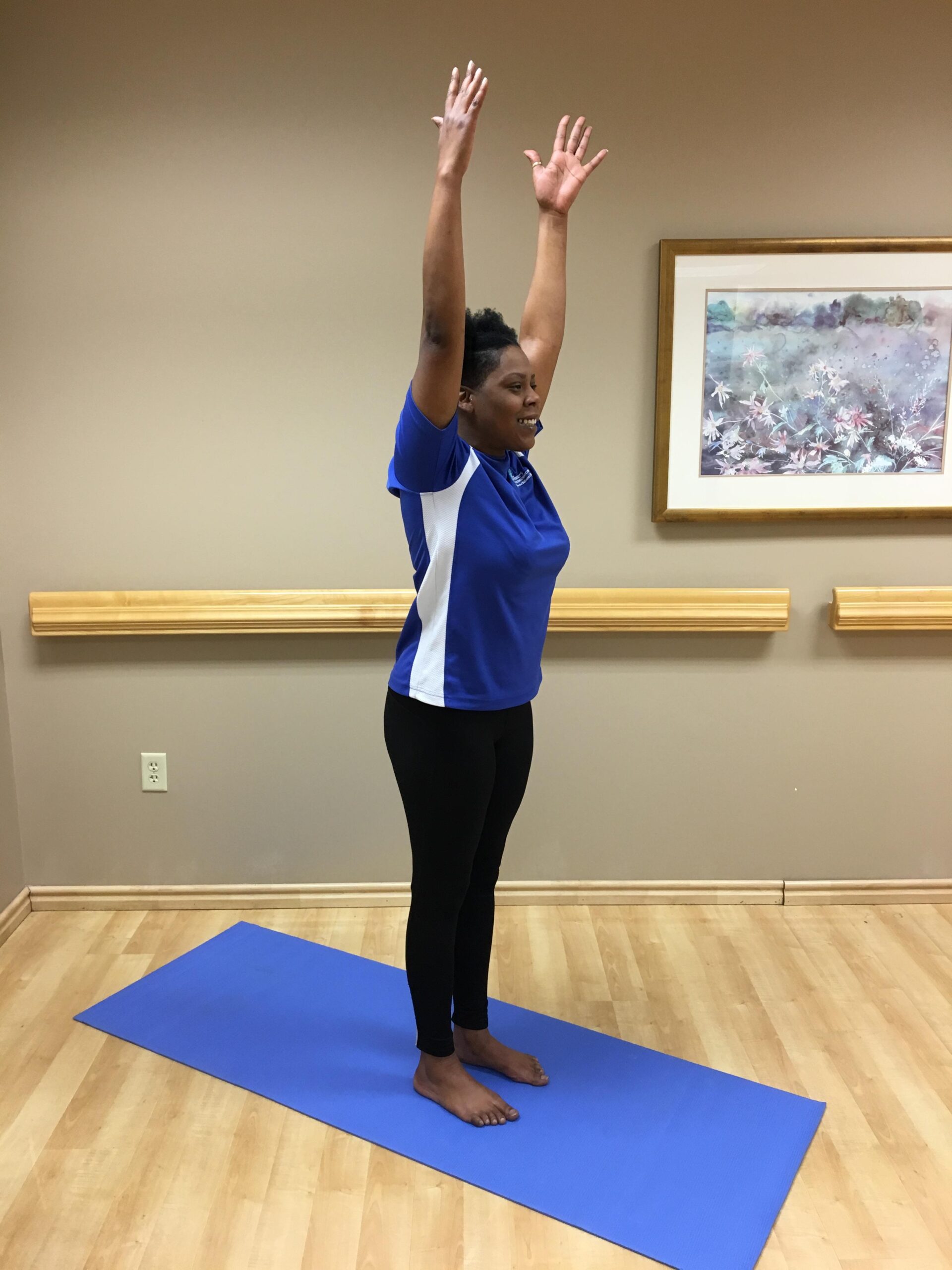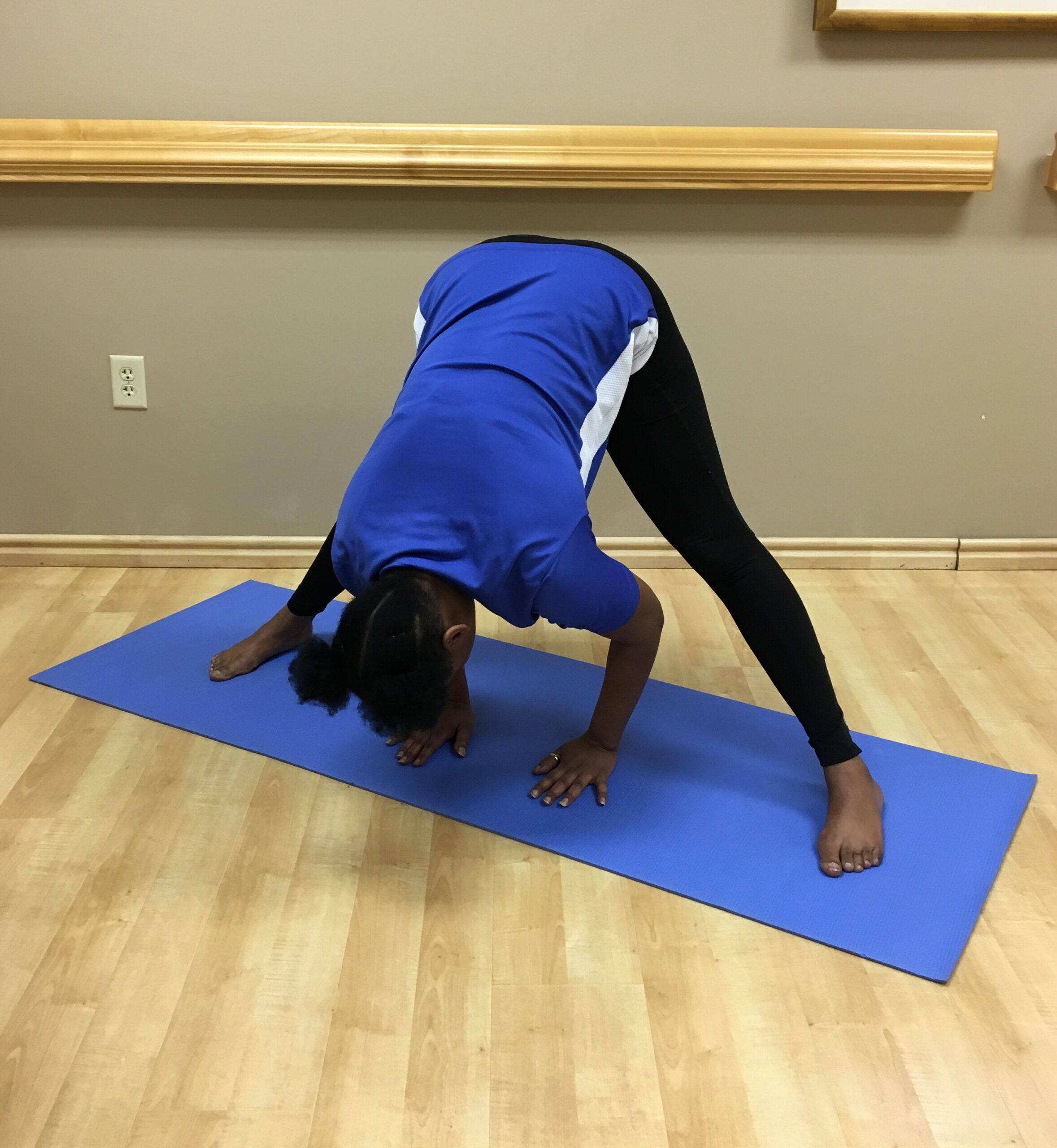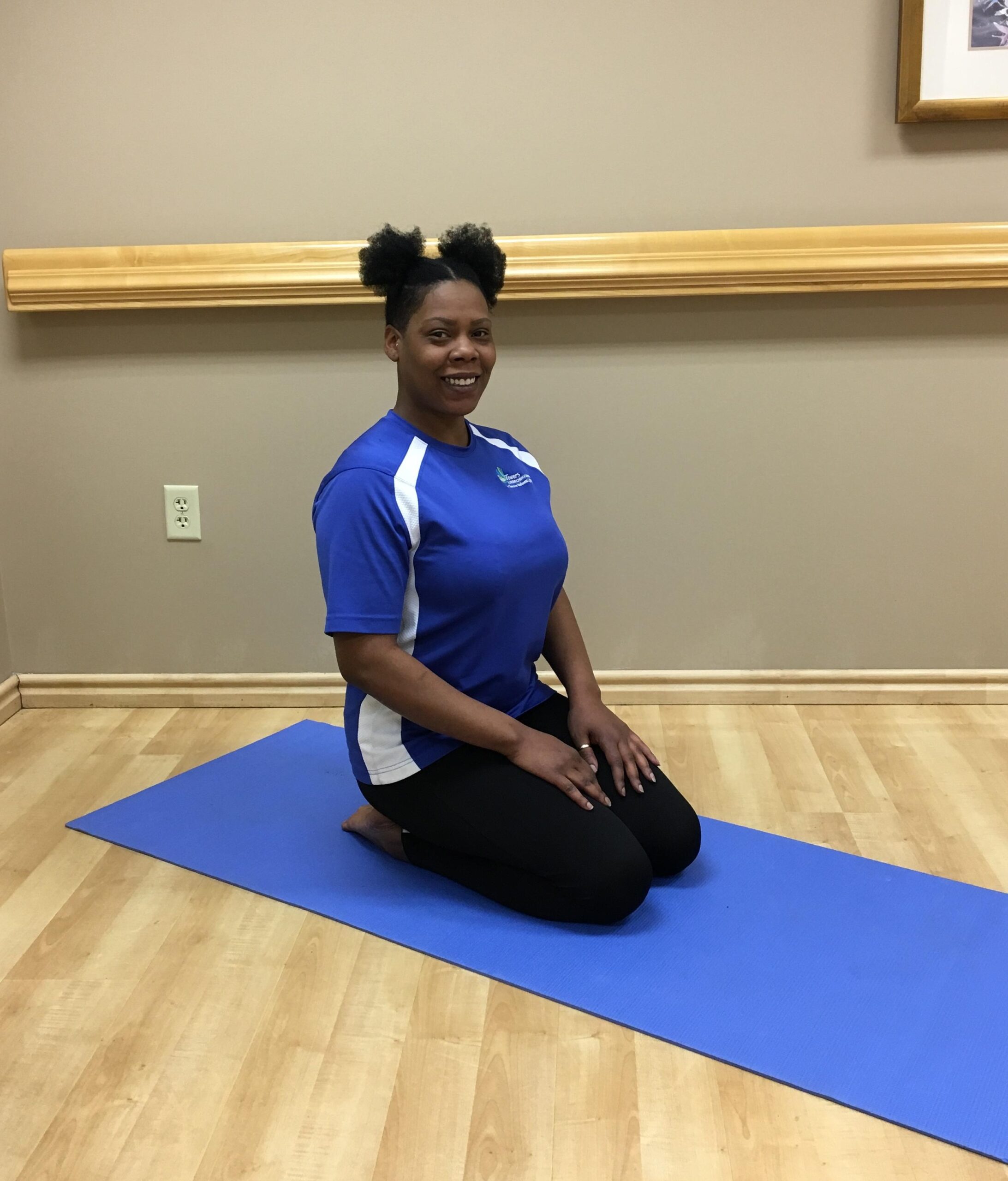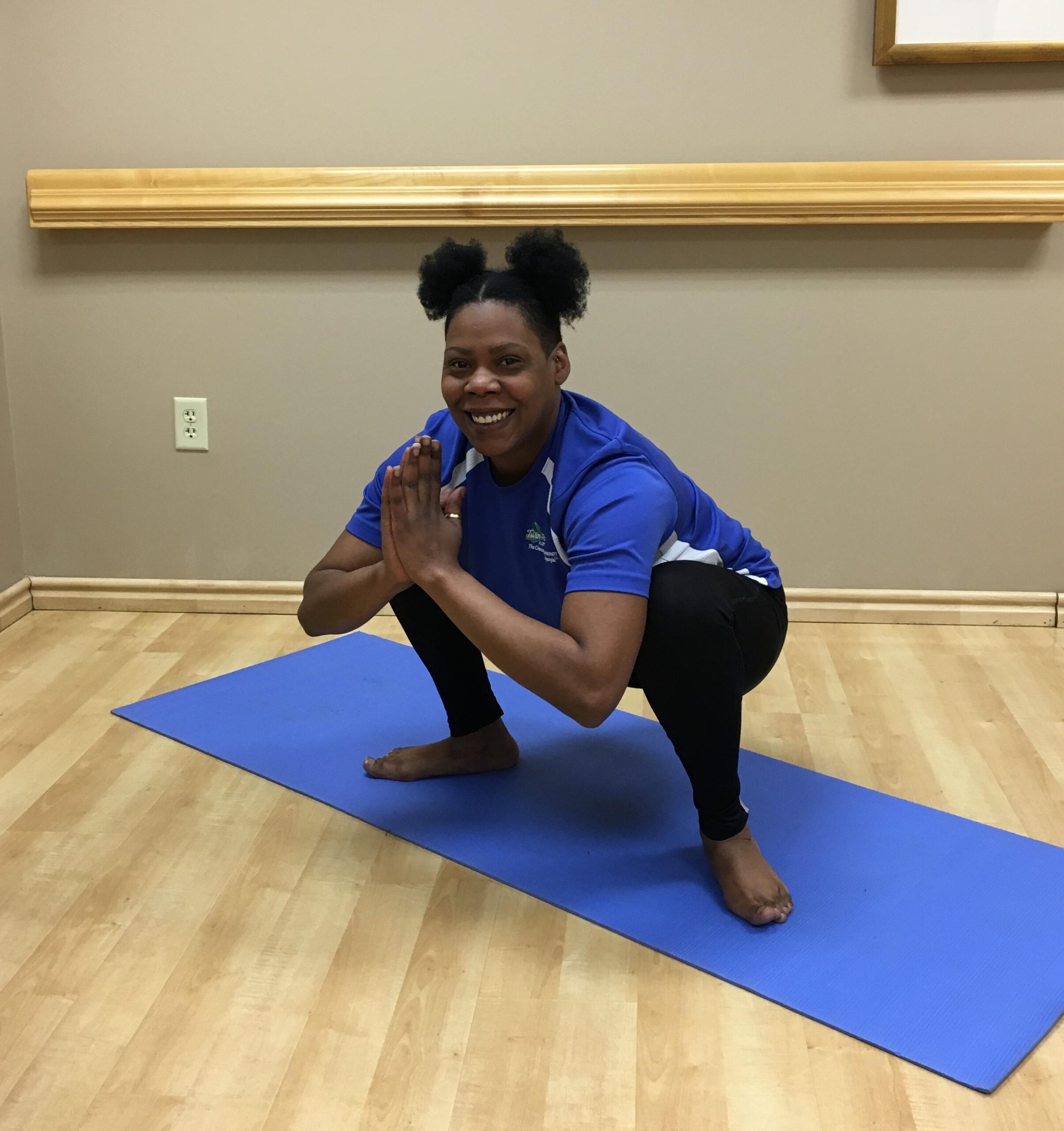5 Yoga Stretches For Gardeners
Yoga is an exercise that increases flexibility, strength and muscle building. These yoga stretches for gardeners can prepare your body to move in ways similar to those you would when gardening.
Whether you’re in a regular yoga class or not, you can adopt these simple techniques. They will reduce muscle strain and rejuvenate your body before or after a full day in the garden.
Stretches can be done before, during or after your daily gardening routine.
Yoga Stretches
1. Upward Salute

Helps bring the spine back to a neutral position, after all of the bending forward and rounding of the back.
To Start: Stand tall, feet forward and rooted into the ground. Shoulders, hips, knees, and ankles aligned. Crown lifted toward the sky, abdominal muscles engaged and spine elongated. Chest slightly lifted with shoulders back, down and close to your ears.
- Inhaling bring your arms up towards the sky, reaching through your fingertips and relaxing your shoulders down. Lifting through your chest, while keeping your ribs down toward your pelvis. Engage abdominal muscles to help protect your spine.
- You can take this movement to each side. Keep your arms stretched and reaching to your front and sides of the abdominal muscles.
Tip: Keep your tailbone rooted towards the ground, this helps prevent an exaggerated curve in the lower or lumbar spine, also keep elbows from bending which prevents the lengthening of your sides.
2. Forward Fold/ Half Forward Fold

Great lower back release and aids the gardener when reaching and bending over. Yoga stretches like this are good to do after a day of digging, hoeing, or raking.
To Start: Standing tall with feet together or no more than hip-width apart, root feet into earth micro bend in knees. Lift the crown of the head up toward the sky. Lengthen spine, bend forward at hips leading with the chest. Keep abdominal muscles engaged.
- Fold halfway over into a chair or bend all the way down toward the floor, bringing your hands to the ground or a block while keeping back straight.
Tip: As you bend forward for the half fold keep your back long and flat. Bend your knees as much as you need to, or place your hands on your shins, a wall, chair, or exercise block, emphasize lengthening the torso instead of bringing hands down to the floor.
3. Wide-Legged Forward Fold

This pose creates stability when trimming or pruning in your garden.
To Start: Stand with feet wide and kept parallel to each other. Really root feet into the earth through the four corners of your feet (heels and pads) micro bend in knees. Engage your abdominal muscles.
- Lengthen your spine, and bend forward at your hips bringing your hands to the ground, block or chair.
- Keep back nice and straight and knees soft.
Tip: Be mindful of recent or chronic injury to your spine or lower extremities.
4. Hero Pose

Because many gardeners find themselves on their knees, this pose is great preparation for that movement.
To Start: Sit on your knees from, top of feet flat on the floor. Keep back straight, abdominal muscles engaged, the crown of your head lifted and shoulders in line with your hips.
- Bring your bottom down toward the ground, resting on the earth or on top of your legs. Keep the spine elongated.
- Use a folded blanket under your knees if they are sensitive or tight.
Tip: Avoid this pose if you have knee issues.
5. Squat Pose

This position helps to release tension in the lower back and adds mobility in the hips while weeding. Remember to keep your back straight.
To Start: Stand with your feet more than hip-width apart and rooted into the ground, bring your tailbone straight down towards the earth, coming into a squatted position.
- Keep your back elongated and adjust your feet to fit your comfort level. You’ll want them wide enough to stay flat on the ground.
- Come halfway down to allow your muscles and joints to get used to squatting.
- Engage abdominal muscles to protect your spine. Chest slightly lifted. The crown of your head should reach towards the sky.
- Use a chair or stool to help with balance and stability if you need it.
Tip: A folded towel or blanket is beneficial if your heels don’t come flat and this pose should be avoided if you have knee issues.
Subscribe to Life Enriching Communities Blog
"*" indicates required fields